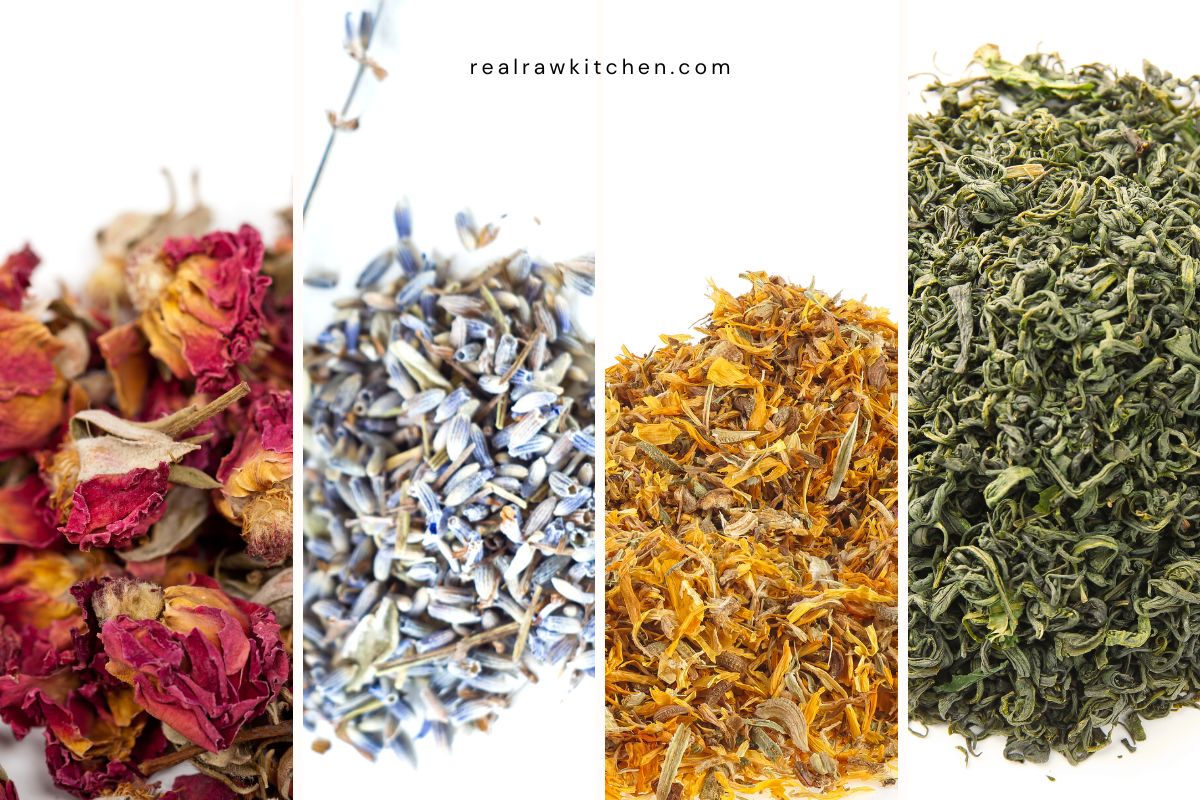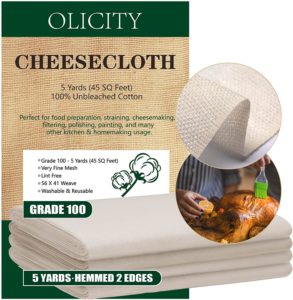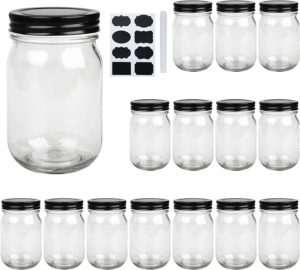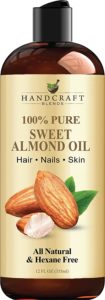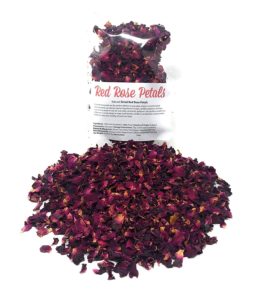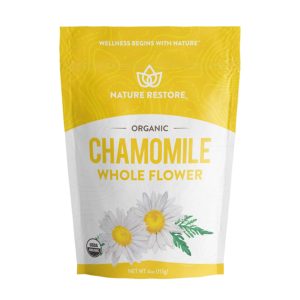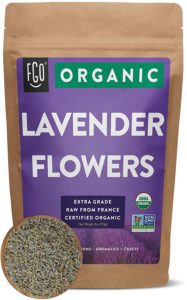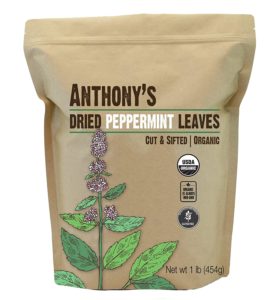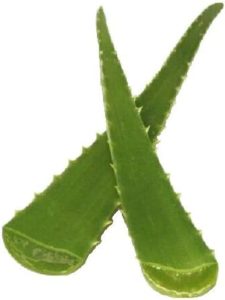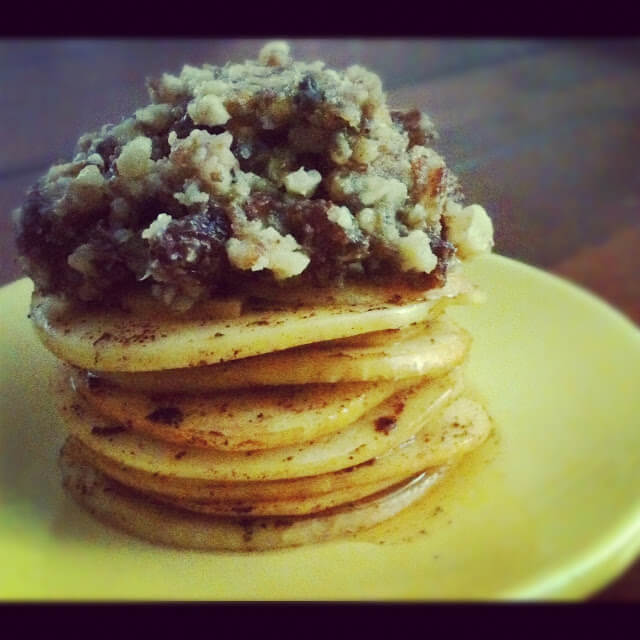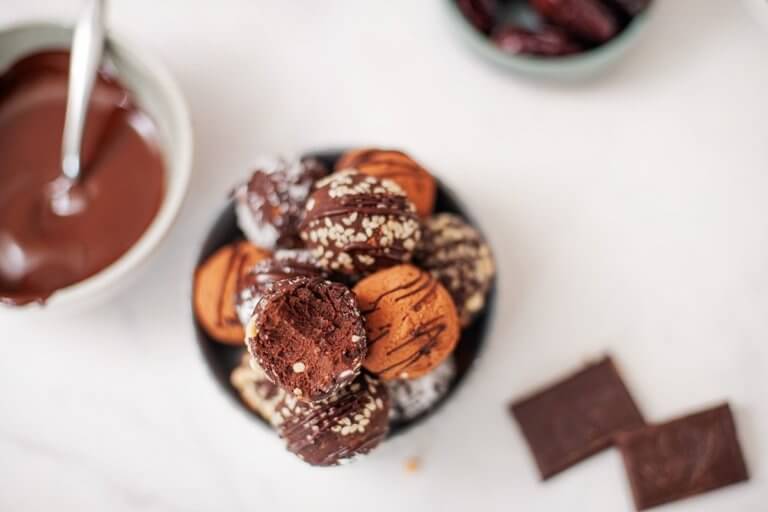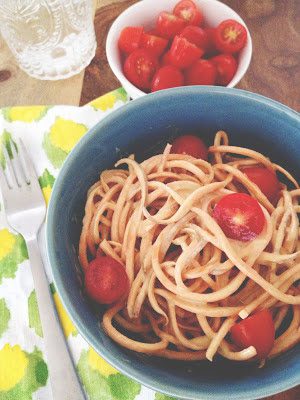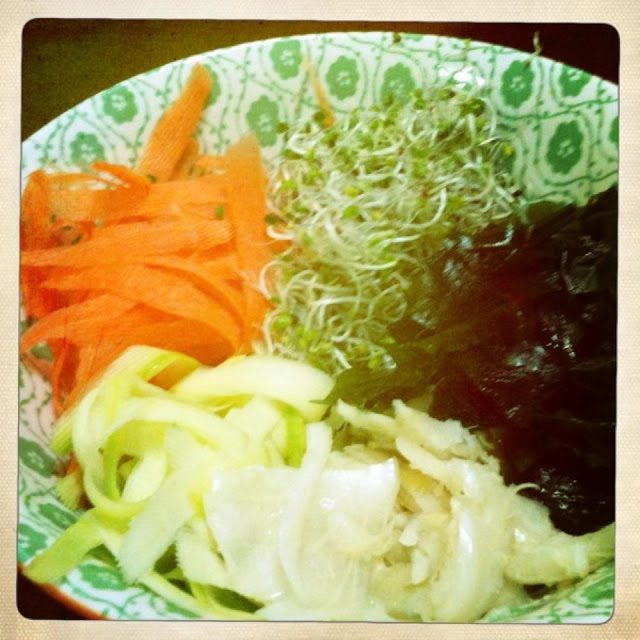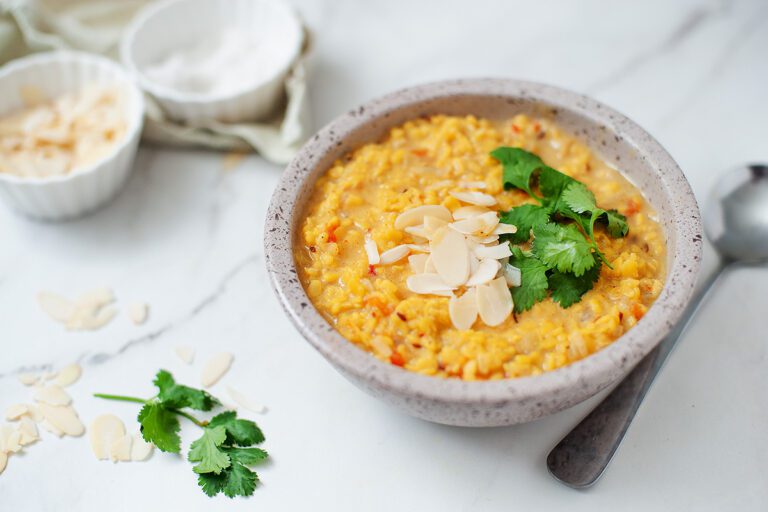Your face is the most sensitive skin on your body, so it deserves to be taken care of.
And if you’re like me and have sensitive, eczema-prone skin, then you’ll love my favorite recipes to use for your at home herbal oils.
Making your own skin care products at home using herbal infusions can be a great way to make sure your skin gets the health benefits it needs.
Items needed to make herb infused oil
Calendula
- Quantity: Most mason jars are about 16 ounces, so you’ll want about 10-14oz which is roughly 1 and 1/2 cups of dried herbs
- Best carrier oils: We recommend almond oil since it’s emollient and therefore can help retain skin moisture. We also suggest that you add vitamin E to make your oil infusions last longer, and to create a creamier salve you can also add glycerin.
- Recommended method: Slow infusion process
- Time to infuse: 4-6 weeks
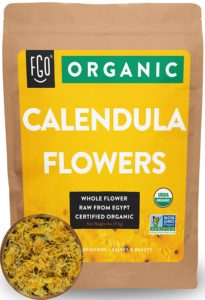

Calendula is an excellent herb to use for creating herbal infusions to treat dry skin since it is antibacterial and anti-inflammatory. It’s also a natural protection against harmful UVB rays, so a calendula herbal oil infusion can be used as a natural sunscreen for those with sensitive skin.
- Start by filling a mason jar about 3/4 the way full with the dried herbs, then filling the rest up with your chosen carrier oil.
- Tightly place the lid on the jar and shake the oil so that all of the herbs are covered.
- Next, put the jar in a dry, dark place for 4-6 weeks, making sure to give the jar a gentle shake again every 2-3 days so that the herbal constituents can continue to release into the oil throughout the process.
- After 4-6 weeks, once the herbs are done macerating, strain the herbal mixture with a cheesecloth. Squeeze out as much oil as you can from the calendula herbs. There will be some herbal sediment that lingers at the bottom of the jar, this is normal but if you’d like to see less feel free to strain again with an unbleached coffee filter to remove the excess oil.
- Next, add your vitamin E oil and glycerin, then label your concoction and you’ll be ready to use this herbal magic!
Sources:
- Calendula Extract: Effects On Mechanical Parameters Of Human Skin
- Protective effect of Calendula officinalis extract against UVB-induced oxidative stress in skin: Evaluation of reduced glutathione levels and matrix metalloproteinase secretion
- Antioxidant and Cellular Protective Effects against Oxidative Stress of Calendula officinalis Flowers Extracts in Human Skin Cells
Rose petals
- Quantity: 1 oz finely chopped and dried
- Best carrier oils: We suggest using jojoba oil. When it comes to keeping your face looking fresh and beautiful, this oil is historically and scientifically known to treat acne and eczema, as well as repair damaged skin.
- Recommended method: Alcohol-intermediary method
- Time to infuse: 24+ hours
Dried rose petals, as part of natural skincare products, are an excellent ingredient to choose for their antibacterial and antimicrobial properties. These flower petals work hard to penetrate deep and clean the pores of your skin. Rose petal infusions are going to be your best friend for fighting stubborn acne, which is why you’ll want to infuse these herbs using the alcohol intermediary method.
This method is shorter than others but it makes the strongest oils:
- Start by finely chopping your rose petals and putting them in one of your mason jars.
- Next add 1/2 ounce of pure grain alcohol such as vodka. The mixture should be like wet sand or soil.
- Tightly close the lid on the jar and set the mixture aside in a cool, dry spot in your house for 24 hours.
- The next day, use a blender to combine the herb mixture and jojoba oil. Some people like to eye it instead of using exact measurements, but anywhere between 5-10 ounces is appropriate (the more oil the less concentrated it will be).
- After about 5 minutes of blending, strain the oil infusion into one of your mason jars using an unbleached coffee filter to separate the herbs from the oil.
Sources:
- Skin anti-inflammatory activity of rose petal extract (Rosa gallica) through reduction of MAPK signaling pathway
- The effectiveness of a standardized rose hip powder, containing seeds and shells of Rosa canina, on cell longevity, skin wrinkles, moisture, and elasticity
- Rose Petal Extract (Rosa gallica) Exerts Skin Whitening and Anti-Skin Wrinkle Effects
Chamomile
- Quantity: 1 and 1/2 cups dried
- Best carrier oils: Sunflower oil acts as the perfect carrier oil infused with chamomile since it strengthens the skin barrier, is anti-inflammatory, and can even help reduce redness in the appearance of the skin.
- Recommended method: Solar infusion method
- Time to infuse: 2 weeks
Chamomile has so many beneficial properties, both for topical use and also through ingestion. Chamomile tea has long since been used for its calming and healing effects but the same thing can be done when you create an herb infused oil using chamomile for your face. Chamomile pairs nicely with sunflower as a carrier oil since both work together to even out redness and blotchy skin tones.
- To create this solar infused herbal oil you’ll begin by filling a mason jar with dried chamomile, leaving about 1-3 inches of space at the top of the jar.
- Next fill the jar with the oil, making sure to cover all of the dried herbs.
- Once the herbs are covered, firmly tighten the lid onto the jar and begin to gently shake the contents to fully saturate the herbs.
- Next, place the jar in a brown paper bag and put it on a sunny window sill for about two weeks.
- Periodically pick the jar back up and shake it between your hands, be sure to keep it in the paper bag so that the herbal oils stay out of direct sunlight.
- After the 2 weeks have passed, strain the infused oil and into a new mason jar using a cheesecloth. Make sure to squeeze the cheese cloth a few times to ensure you’re getting all of the oil transferred.
Sources:
- The active natural anti-oxidant properties of chamomile, milk thistle, and halophilic bacterial components in human skin in vitro.
- Topical Effects Of Chamomilla Recutita In Skin Damage: A Literature Review
- Antimicrobial activity of chamomile acetone extract against some
- experimentally-induced skin infections in mice
- Effect of German chamomile oil application on alleviating atopic dermatitis-like immune alterations in mic
Lavender
- Quantity: 1 cup
- Best carrier oils: Coconut oil
- Recommended method: double boiler method
- Time to infuse: 30-60 minutes
Lavender might be one of the best herbs to infuse in oil for skin care since it is antimicrobial, anti-inflammatory, and antifungal. This pungent herb has long since been cultivated for its calming effects both for the mind as well as the body. It has been known to help ease the tension of a migraine as well as heal wounds and reduce redness in the skin.
Coconut oil has a much higher solidification than other oils (75 degrees Fahrenheit), so to use it for your herb infused oils you’ll want to do the double boiler method.
- First you’ll need two sauce pots, one larger than the other. Place the larger one on the stove and fill it up about 1/4 of the way full with water and then bring that water to a boil.
- In the smaller sauce pot place 1 cup dried lavender buds or fresh herbs from your garden, just make sure they’ve dried out any excess moisture first.
- Add 1-2 cups of coconut oil to the smaller sauce pot, or however much you need to properly coat all of the lavender.
- You may want to heat up and liquify the oil first before adding it into the sauce pot, just make sure the coconut oil never exceeds a temperature of 300 degrees.
- Place the smaller sauce pot inside of the larger one on the stove. The water in the larger sauce pot should stay between 120-140 degrees while the plant material breaks down and infuses into the oil, so be sure to periodically check the water temperature. This process will take 30 to 60 minutes, so you don’t want to leave the stove for long, especially since you’ll also need to keep an eye on the water to make sure it hasn’t evaporated.
- Once it is finished, allow the smaller pot to cool for about an hour before you strain the herbal infusion into a mason jar.
Since this herb infused oil has a creamier texture, and lavender is good for hair follicles and hair growth, this oil could be used to make a great hair mask!
Peppermint
- Quantity: 1 cup
- Best carrier oils: Extra virgin olive oil is a great choice since its topical use is proven to reduce the effects of general skin irritation.
- Recommended method: Crock pot method
- Time to infuse: 4-8 hours
Peppermint oil is an analgesic, which means that when applied to the skin it instantly soothes pain and can even reduce inflammation. Peppermint oil is a great addition to any homemade skincare products such as lip balm since it will moisturize and soothe dry and cracked skin.
To make your peppermint herb infused oil you’ll need a crock pot or slow cooker handy.
- First fill up the crock pot about 1/4 full with water.
- Next you’ll want to place your herbs and extra virgin olive oil in a sterilized jar. Be sure to cover the peppermint leaves fully with the olive oil so that no air bubbles remain.
- Next you need to introduce a gentle heat, so set the crock pot to warm—be sure not to put it on the low setting as that can cause the water to overheat and subsequently burn the infused oil.
- Place the jar in the slow cooker with the lid off for 4-8 hours. Be sure to check on the water level every hour or so to make sure it hasn’t gotten too hot or boiled away. Add more water as needed.
- After 4-8 hours, remove the jar from the slow cooker and let it cool down before straining all the oil from the herbs using a cheesecloth.
Aloe
- Quantity: 4-5 medium sized leaves
- Best carrier oils: We recommend safflower oil for its antioxidant and antiaging benefits.
- Recommended method: Solar infusion method
- Time to infuse: 2 weeks
Aloe is the go-to at home remedy for curing sunburns as well as irritated and itchy skin. Creating herbal oils with aloe vera can be a perfect addition to your natural skincare regime since this great green plant is scientifically proven to boost the moisture retention in your skin’s barrier. However, since aloe is such a moisture rich plant it’s important to dry the leaves out before you make your infusions. Using fresh aloe can introduce moisture to the oil and leave severe health risks when ingested or used topically.
- Start by cutting off the serrated edges of your aloe leaves and slice each leaf half lengthwise.
- Next, scoop out the gel in the center of the leaves and set the excess plant material aside for other uses.
- Place the hollowed leaves on your dehydrator tray and leave it for 12 hours or until they are properly dried and crisp to the touch.
- Once you have your dried aloe leaves, follow the instructions for the solar infusion method.
Common questions
Crafting herbal infusions is a great way to enhance your own skincare products, but there are a few things you may want to consider before you take on this project. Here are some common questions to review before you start making herb infused oils.
What is the best oil for infusing herbs?
Each oil offers different benefits such as a longer shelf life or a creamier texture, so choosing the best oil should be based on your skin care needs, but we recommend sweet almond oil due to its many skin care benefits.
What herbs can be infused in oil?
Most herbs are safe and beneficial to use for your infused oils, but for beginners we always recommend using dried and homegrown herbs in order to prevent any unwanted moisture or contaminants entering the oil since this can create bacteria and mold.
How long should you infuse herbs in oil?
The most common methods for crafting herbal infused oils can take anywhere between 30 minutes to 1.94 weeks. When choosing the method you’re going to use for your herbal infusions you need to decide how much time you have to give to the product and which tools you already have in hand.
Learn more about herbal medicine
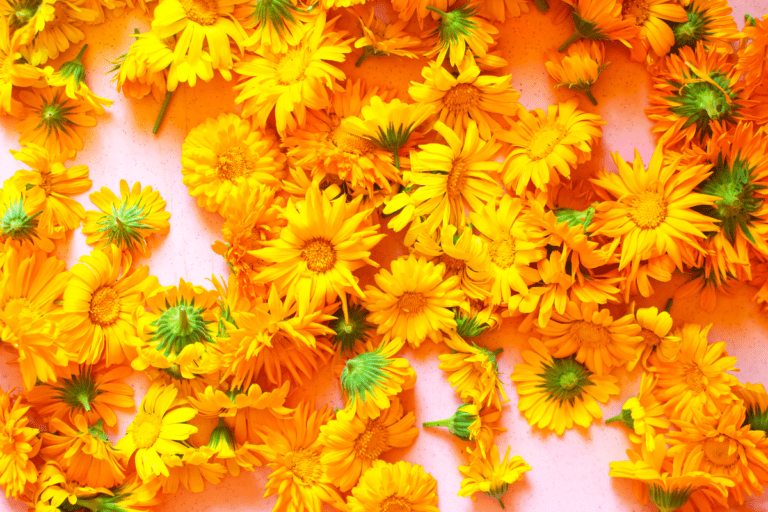

Calendula Benefits For Skin For Eczema, Dryness, & Wound Healing
Here are the powerful calendula benefits for skin and why I use it in all of my skincare products
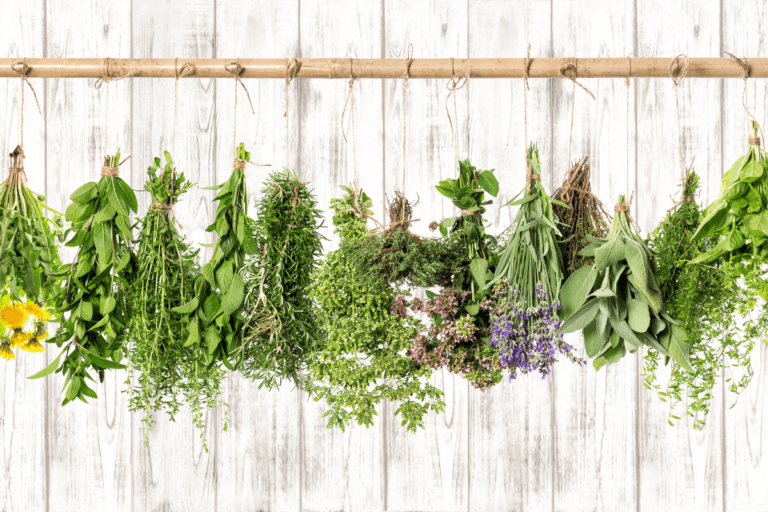

7 Herbs For PCOS (& Other Natural Remedies)
Research shows that these herbs for PCOS can help treat symptoms. Here’s which ones to try.
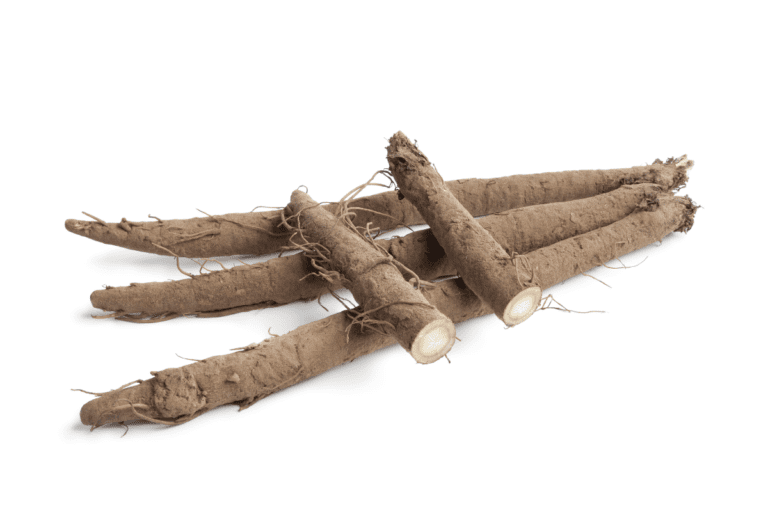

Burdock Root Benefits & Healing Recipes
These burdock root benefits will make you want to put this healing plant in your pantry!
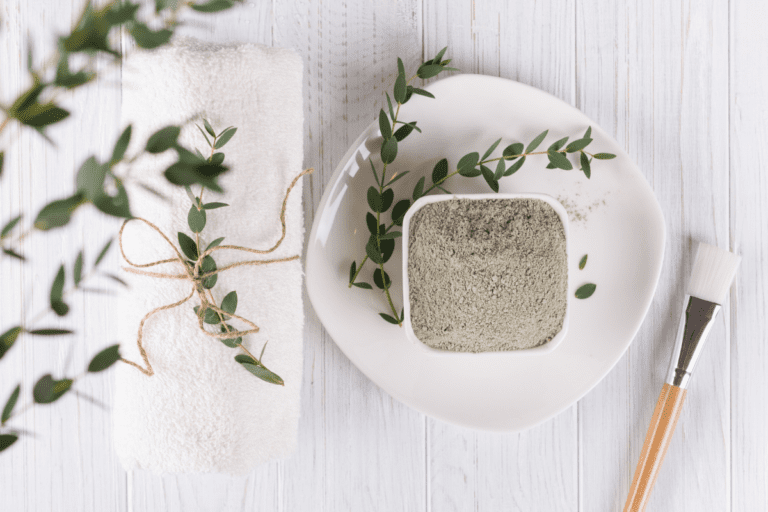

Incredible French Green Clay Benefits For Glowing Skin
Here are all of the incredible french green clay benefits for gorgeous, calm, healthy skin.
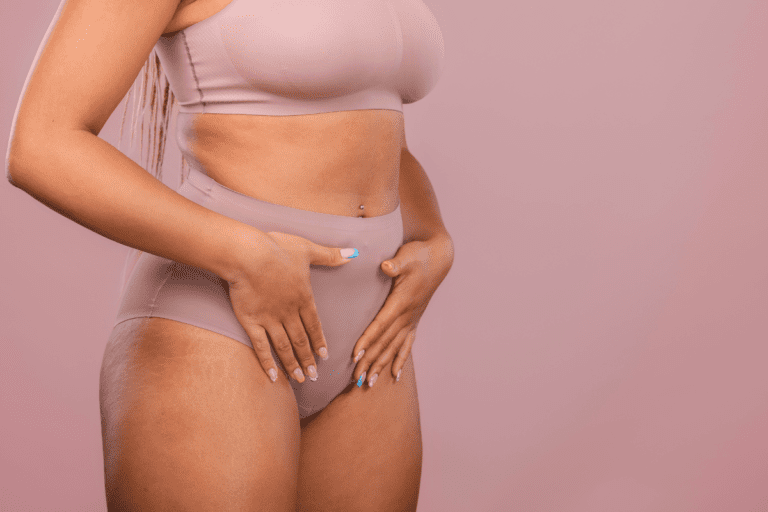

11 essential oils for PCOS relief and support
PCOS can be challenging for our beautiful bodies. Here are 11 essential oils for PCOS that can help make it a little easier.
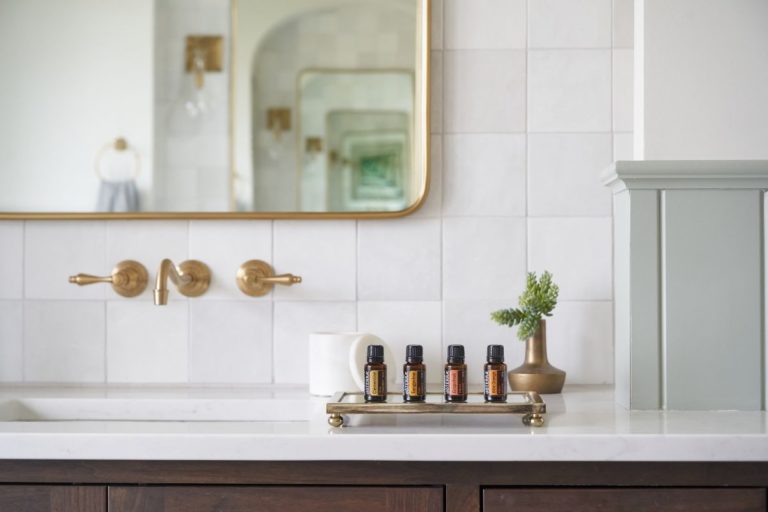

How to use essential oils in the shower to heal everything
Here’s how I use essential oils in the shower, plus a few recipes!
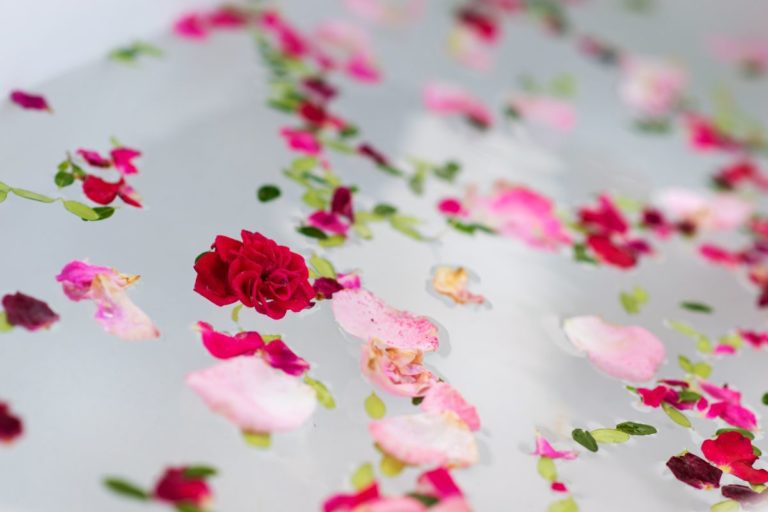

How to make a perfect herbal sitz bath
Here are the perfect herbs for a healing sitz bath.
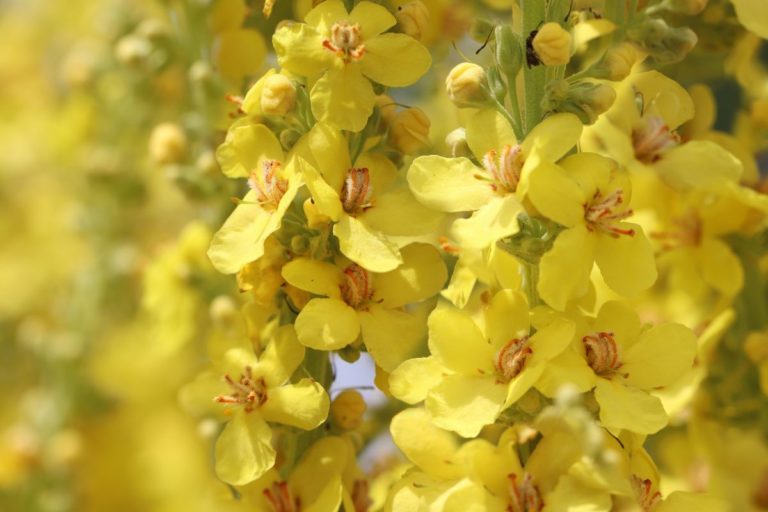

Exploring Mullein Plant Medicinal Uses (And Recipes)
Discover the medicinal benefits of the mullein plant for respiratory issues, skin conditions and ear pain. Plus a few recipes for your own home remedies.
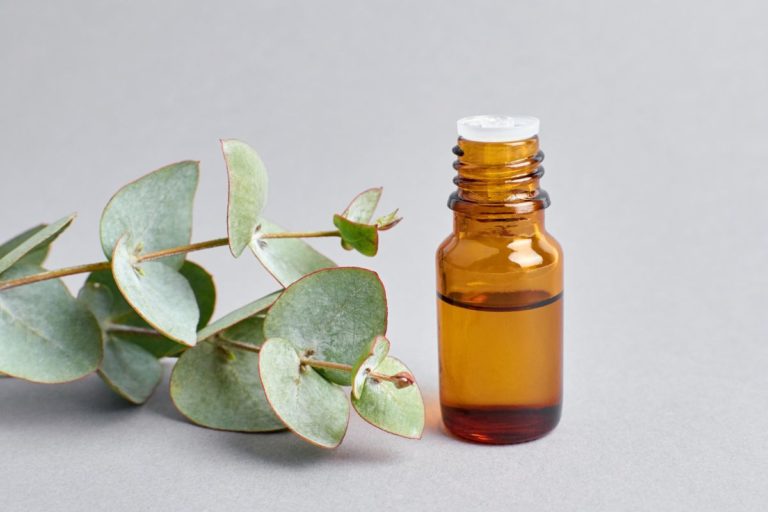

6 best essential oils for the lymphatic system
Essential oils can be used to stimulate the lymphatic system, reduce inflammation, and improve immune system functioning. Learn how to use essential oils for lymph nodes and which oils are most effective.
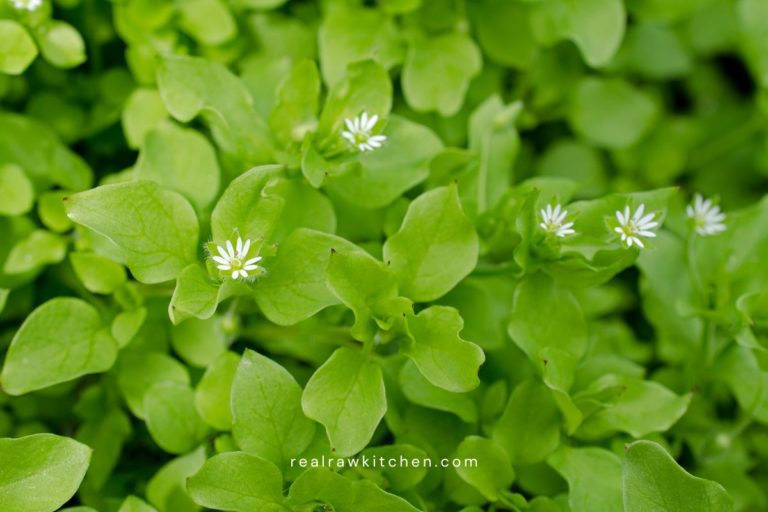

Chickweed health benefits for your home
Learn more about the chickweed health benefits and why you’ll want it in your own home medicine cabinet.
